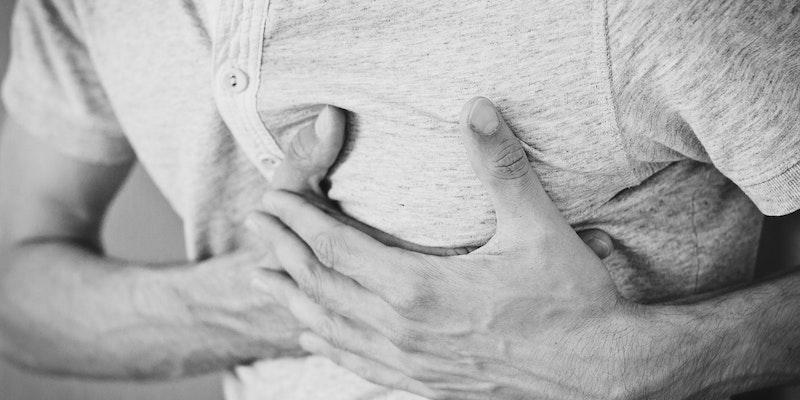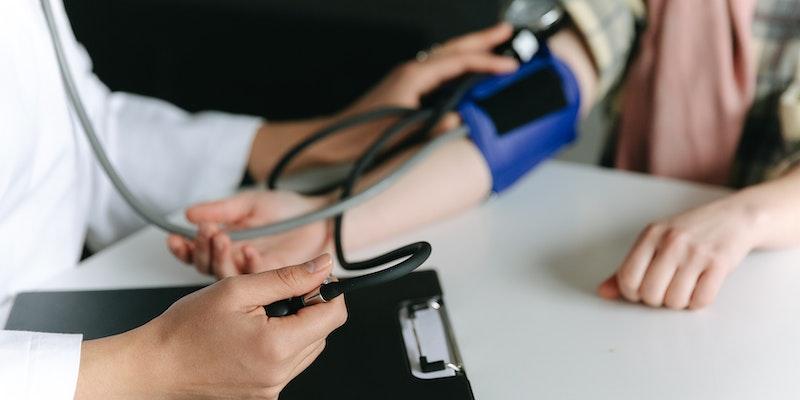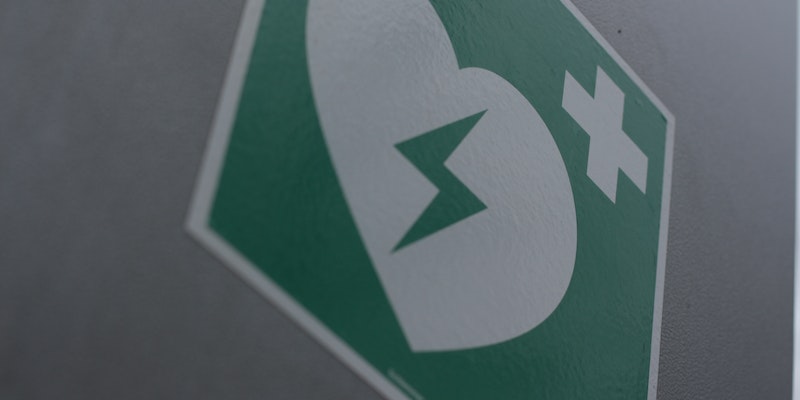The recovery process following a stroke might be very challenging. The experience of surviving a stroke serves as a compelling reminder of the need to prioritize cardiovascular health. Stroke occurs when cardiac blood flow diminishes. Hypertension and tachycardia often cause this.
In this article, you will read the significance of crucial connections using simplified language. Why heart care is critical after a stroke, what increases the dangers, and how to strengthen your heart to avoid future issues.
Causes of Strokes
Strokes, often termed brain attacks, occur when the blood supply to the brain stops. Several factors contribute to this interruption, causing strokes. Here are the primary stroke causes:
- High blood pressure
- Smoking
- Diabetes
- High cholesterol
- Atrial fibrillation
- Physical inactivity
- Excessive alcohol consumption
- Family history of strokes
Cardiac Problems After Stroke
Stroke Often Causes Heart Problems. The days after a stroke raise the risk of heart attack, congestive heart failure, abnormal heart rhythms, and heart attack. Two examples of abnormal cardiac rhythms that are quite prevalent are.
Atrial Fibrillation
An abnormal and fast heartbeat is atrial fibrillation (AFib). While Arrhythmias are irregular heartbeats, heart clots can result from AFib. The illness raises the risk of stroke, heart failure, and other cardiac issues. Also, Atrial fibrillation causes the heart's atria to beat irregularly. Their heartbeat differs from the ventricles. Some patients with AFib have no symptoms. However, AFib can induce a rapid pulse, shortness of breath, and dizziness. Atrial fibrillation can be intermittent or permanent. AFib seldom kills. But it's a dangerous illness that requires treatment to prevent stroke.
Atrial fibrillation treatment may involve medications, cardiac shocks, and heart signal blockers.
A person with atrial fibrillation is most likely to get atrial flutter.
Atrial Flutter
A sinus node in the right atrium sends an electrical impulse to start a regular heartbeat. In atrial flutter, the short circuit, a circular electrical channel, speeds the electrical stimulation around the right atrium, generating 240–340 contractions per minute. Rapid contractions inhibit chamber filling between beats.
The ventricles beat quicker but not as rapidly. The rate is based on the atrial-ventricular beat ratio. In a 2:1 block, the ventricles beat once for every two atria beats.
Supraventricular tachycardia (SVT) is a "fast heartbeat above the ventricles." The left ventricle pumps blood to your arteries; thus, your wrist or neck pulse is its beat. 60–100 bpm is the average heart rate.
In addition, Blood clots can also be caused by heart rate problems. Clots in the blood can travel through the body and cause heart attacks or strokes in the brain or coronary vessels.
Heart Attacks and Strokes

One in eight 60-year-olds will have a heart attack three days following a stroke. A stroke can occur after a heart attack.
You'll find evidence of cardiac ischemia in the days after a stroke since an acute stroke might make heart attack symptoms hard to recognize or discuss. Cardiac enzymes and electrocardiograms will be monitored during the first several days to detect heart injury.
Heart Attacks and Strokes May Be Linked
Atherosclerosis is a disease that makes arteries narrow and more likely to get blocked. It is one of the most common stroke causes. A heart attack happens mainly due to coronary artery disease.
A sudden blockage of atherosclerotic arteries can induce both a heart attack and a stroke if the triggering conditions are present, such as a severe infection or a shift in blood pressure. In addition, the sudden drop in blood pressure and other physical changes after a stroke or heart attack can cause an abrupt blockage in other veins already afflicted by atherosclerosis.
Post-Stroke Heart Care
Stroke recovery is a long and challenging process that requires significant lifestyle changes to prevent heart health problems. Stroke creates significant obstacles to cardiac health. Evaluating the progress made and the support needed for full reintegration into everyday life is essential. Following adjustments and changes can help you in preventing cardiac problems.
Dietary Changes
Resuming a normal heart rhythm after a stroke can be challenging. There may be a need for reinforcement or adjustments to certain factors. Dietary changes are recommended for maintaining heart health rate. Food that is not processed, fresh fruits, and meat are the top recommendations. Dietitians and speech therapists can advise patients on how to adjust the consistency of their food based on their swallowing ability.
Exercising
Regular exercise improves mental and physical health. Individualized exercise routines improve brain and heart health by controlling blood sugar, cholesterol, and hypertension. Furthermore, exercise promotes autonomy and is crucial in cardiac, mental, and physical changes after a stroke. Starting slowly with light activities like short walks, moderate yoga, or shorter bike rides is recommended.
Medical Help
Recovering from a stroke still requires significant medical intervention. Maintaining open lines of communication with medical specialists is crucial to developing an individualized plan to reduce the risk of cardiac issues. Cardiac problems can be significantly reduced with the use of medications and implanted devices.
Stop Smoking
Stroke risk is dramatically increased in smokers. No one who doesn't smoke should start. Stroke risk can be reduced by smoking cessation. You can get advice on how to stop from your doctor.
Strictly Regulate Alcohol Use.
Limiting alcohol helps control blood pressure. One drink per day is the limit for women and two for men.
Evaluating Cholesterol Levels
You should check your cholesterol level at least once every five years. Discuss this quick blood test with your healthcare provider. Stroke risk can be reduced with medication and lifestyle adjustments for those with high cholesterol.
Manage Your Blood Pressure

Check your blood pressure often since high blood pressure usually has no warning signs. Consult your healthcare staff to determine how often you need to monitor your levels. Blood pressure readings are readily available at medical clinics, pharmacies, and some homes.
Conclusion
The complex relationship between strokes and heart health requires extra care. After a stroke, cardiac issues are more common, so obtain adequate heart care. The first measures include eliminating risk factors, maintaining a heart-healthy lifestyle, and collaborating with doctors. Changing diet, exercising, and seeking medical guidance can dramatically reduce the risk of cardiac issues that a stroke causes.







